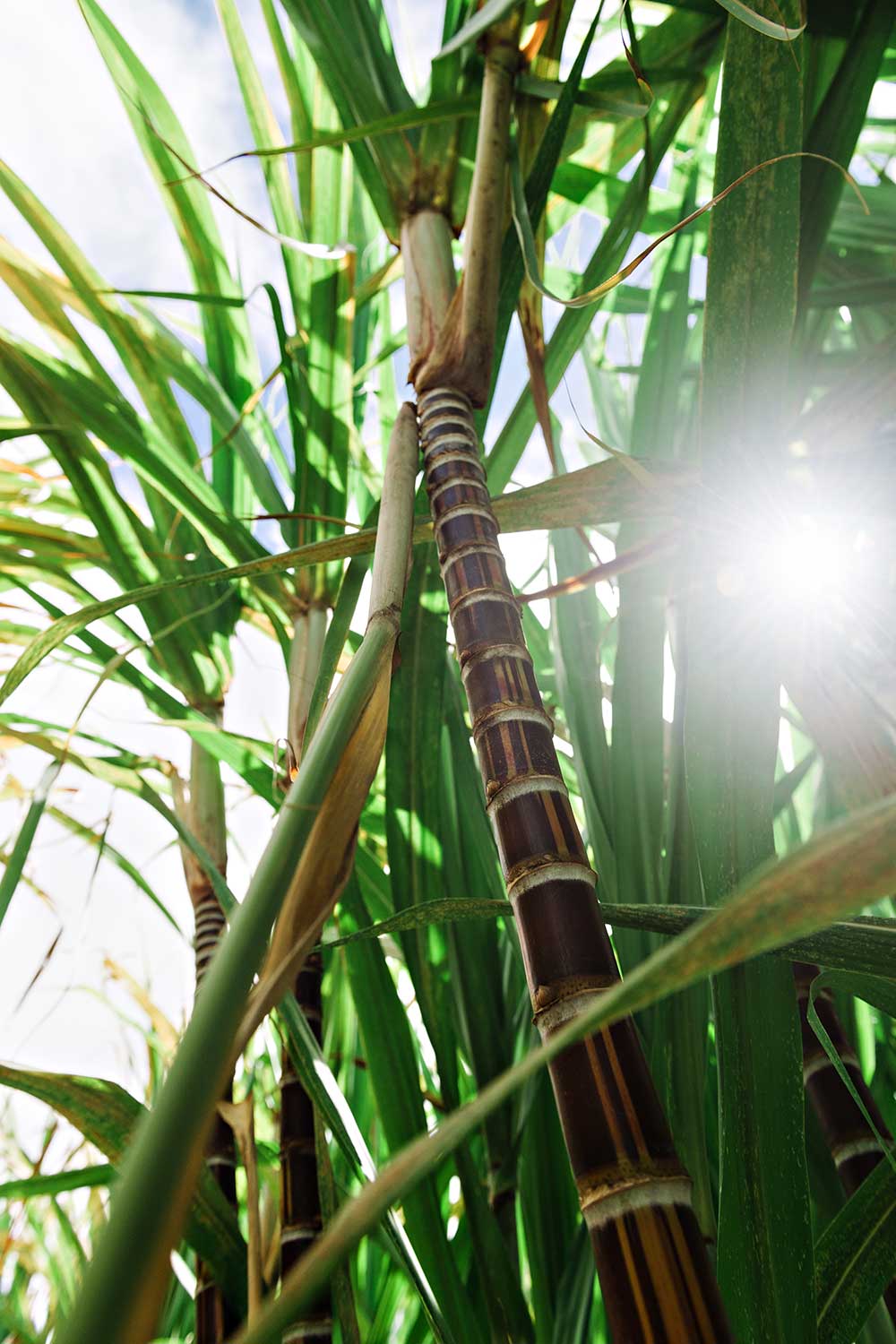“This is a significant, historic marker for Hawai‘i, the end of an era that touched the lives of generations of hard-working local families,” Governor David Ige said in early 2016. After nearly 20 decades of sugar production in the isles—among the largest human and environmental influences in modern Hawai‘i—the state’s sole remaining plantation is harvesting its last crop of sugar by the end of the year, and then closing its doors.
The earliest archaeological evidence of cultivated sugar cane dates back 8,000 years, making it one of mankind’s most ancient crops. Around 600 A.D., Hawai‘i’s first settlers brought several varieties to the islands from Polynesia. They called them kō. These plants were the progenitors of the specific varieties—some 34 original strains—of Native Hawaiian sugarcane that still grow in the islands today.
“They represent a long path of humans in agriculture,” says Noa Kekuewa Lincoln, Ph.D., whose book, Kō, is due out this year. “Each successive place the Polynesians went, they could only take a subset of crops—what they called ʻcanoe plants’—of the variety that was on the previous island, which was only what their own ancestors had brought. Hawai‘i is the end point in this process.”
These voyagers hailed from distant islands with depleted soils. Fishing, not farming, was their forte. Absent specific knowledge about how to work the local land, they developed systems in situ, evaluating the environment and what worked best in individual areas. With diverse ecosystems abutting each other, and young, sweeping volcanic plains, Hawai‘i provided a diversity of growing conditions that inspired ingenious agricultural systems, from terraces to fishponds. Centuries before the term was coined, Hawai‘i achieved food independence.
Like the tī plant, sugarcane was a staple in pre-contact Hawai‘i. As such, it was planted in small amounts at nearly every homestead, it lined wetland taro patches for stability, and it buttressed slouching crops. In many Hawaiian dwellings, cane leaves served as wall coverings (though not as roofing, as in Tonga and Samoa).
In contrast, the model applied in the 1800s by newly arrived Westerners to growing cane as a commodity in the islands was quantity-based, and export-minded. Soon, as far as the eye could see, there were fields of tall, thirsty, high-producing sugar cane. “That traditional Western method is used for mass crop production,” explains Kyle Reutner of Manulele Distilleries, which distills its Kō Hana line of rums at its Kunia facility on O‘ahu’s west side. “It will ensure a high sugar yield from every pressing. It’s a lot easier to maintain, but it’s a bit soulless.”
Instead of sourcing sugar from distant sources or non-native cane, Kō Hana celebrates the Hawaiian varieties, which range in color from deep violet with celadon rings to red-orange and deep, dark green. Some grow straight up into the air, while others stoop, curve or twist. Each different strain of cane has a name. There’s even one called hapai (Hawaiian for pregnant), whose sections are bulbous instead of cylindrical. In pre-contact Hawai‘i, if you were unlucky in love, you might ask a kahuna, or priest, to perform a hana aloha ceremony using a dark cane called pāpa‘a, which ensured that a relationship would last a lifetime. In contrast, the pilimai (“come this way”) hana aloha was said to inspire intense but short-lived affairs. A hana aloha utilizing the manulele variety, whose tall, bending leaves resemble a bird (manu) taking flight (lele), was said to make love come back, no matter how far the distance.
Utilizing a method known as agricole production, Kō Hana rum is made using only cane juice, most often of the manulele variety. The juice is fermented, distilled, and aged without sugar byproducts, resulting in liquor that is remarkably smooth—a world apart from mass-produced, molasses-based rum.
Dozens of sugar cane cultivars are propagated and raised on Manulele Distillery’s modest acreage. Each produces a complex range of flavors. Sweet florals, buttery notes, and tropical fruit nuances spring from Kō Hana’s three signature rums, Kea, Koho, and Koa, which are, respectively, white, gold, and dark.
While this once-dominant sugar industry is soon ending in the islands, growers of heirloom sugarcane, like Manulele Distillery, will continue to revere and care for this ancient plant. Its place in Hawai‘i’s culture is papa‘a, held fast, as a tight wall.
Manulele Distillery offers rum tasting tours Wednesday through Saturday between 10 a.m.–3 p.m. To schedule a tour or for more information, visit kohanarum.com.




































Share: